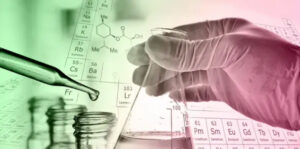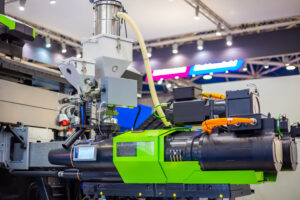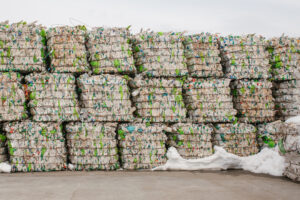What is the Yellowness Index, and Why is it Important in Plastics Processing?
The Yellowness Index (YI) is a calculated number used to describe a change in color from a clear or white sample toward yellow. In industry, the commonly reported value is delta YI (ΔYI), which is the difference in yellowness between a product sample and the original or reference product.
Why is the Yellowness Index important?
Unpigmented or “natural” polymers are colorless (appearing transparent) or opaque (appearing white). The development of yellowness in an unpigmented polymer or plastic part often indicates degradation. High temperatures or exposure to UV light or chemicals can cause chemical and physical changes in the plastic part that appears as yellow discoloration. During the polymer compounding process, yellowing may occur for several reasons, including photo and thermal degradation (e.g., in PVC), exposure to UV light or excessive heat (e.g., in ABS), or overoxidation (e.g., in PP). For further discussion of the mechanisms of yellowing in different polymer types and purified terephthalic acid (a building block of polyester polymers), read Equitech’s “In-Line Yellowness Measurement” white paper.
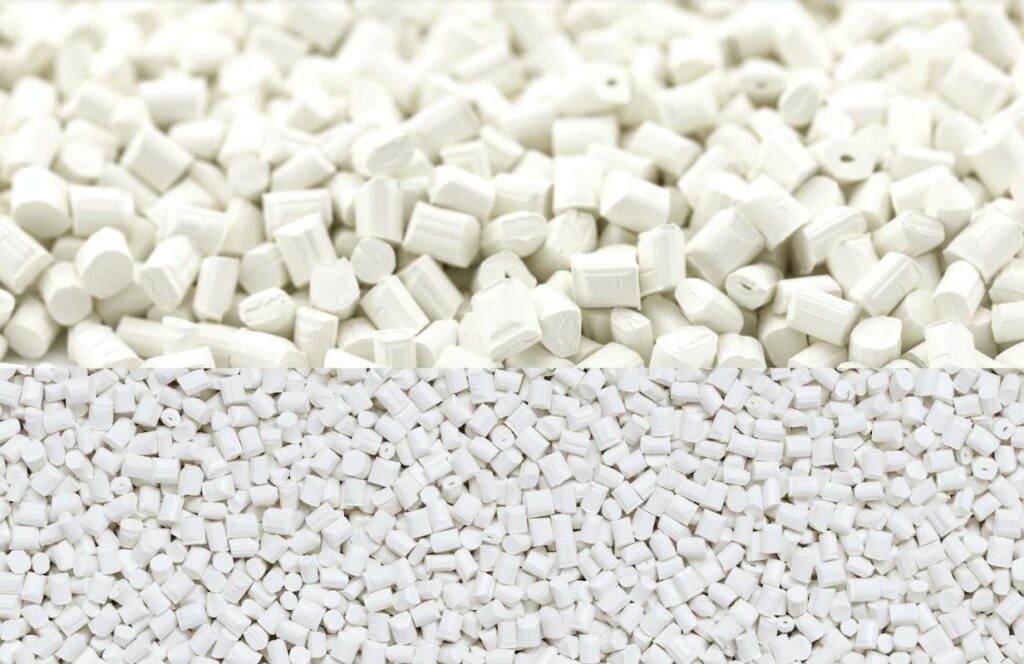
YI or ΔYI can be used as a specification in a quality control test when manufacturing unpigmented plastic parts, such as a blow-molded bottle or an extruded sheet. Compounded plastic pellets are sometimes pressed into a plaque so that YI can be measured to ensure that it is within the specifications. For example, if the material is too yellow, it may indicate degradation that could be due to either the raw material (insufficient stabilizer additives) or the process (high temperature or shear). YI is thus an important measure to ensure quality.
Color measurement devices used for measuring Yellowness Index
The Yellowness Index of plastics is measured with a spectrophotometer. For more information on spectrophotometers, read “Understanding What a Spectrophotometer Is and How it Works”. Spectrophotometers include lab benchtop instruments, portable or hand-held instruments, and in-line instruments. Laboratory spectrophotometers detect that yellowness has occurred after the fact, and they do so only after additional heat and stress (the formation of a plaquette for color measurement) has been imposed on the sample. What caused yellowness? Was it the actual process or the laboratory processing of the sample? Laboratory spectrophotometers cannot detect yellowness as it occurs, nor can they point to its potential causes. By contrast, in-line color spectrophotometers provide the polymer compounder with an invaluable tool in the early detection of polymer degradation, oxidation, scorching, soiling, or discoloration of the polymer during processing as they take continuous measurements of the sample.
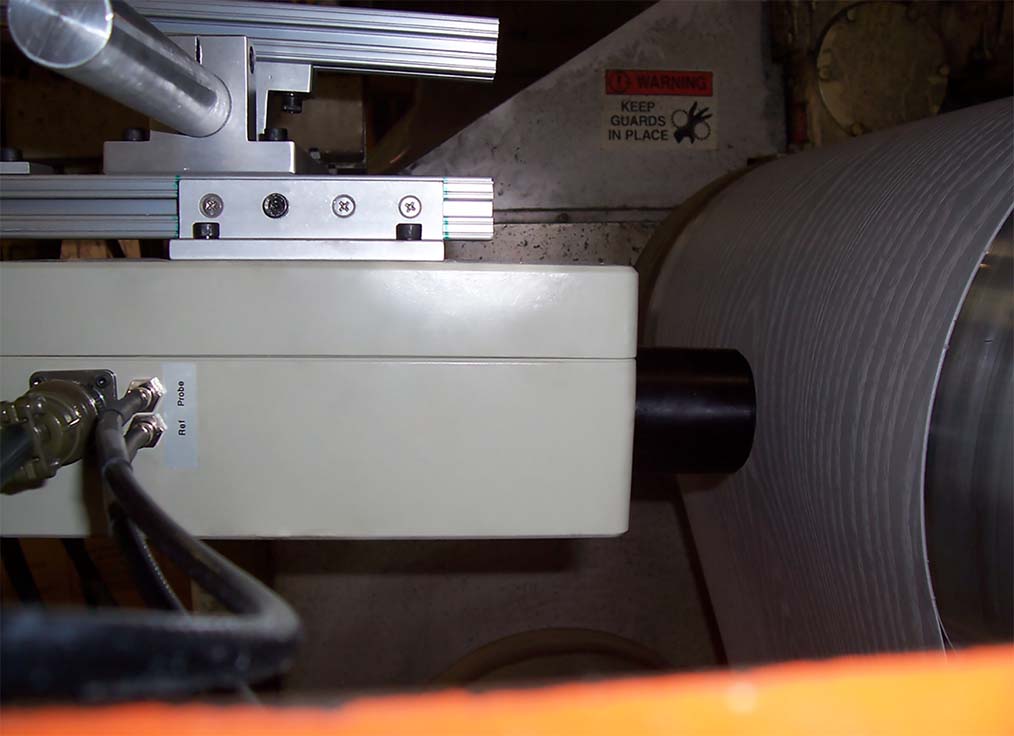
How is the Yellowness Index calculated?
The formula for Yellowness Index found in:
ASTM E313 is: YI = (100(CxX – CzZ))/Y
X, Y, and Z are the CIE Tristimulus values measured by the spectrophotometer. The coefficients Cx and Cz depend on the illuminant and observer, and are chosen from the table in ASTM E313 to correspond with the settings on the spectrophotometer.
An older ASTM method, D1925, is outdated and rarely used in plastics manufacturing.
For quality control in plastics production, manufacturers often track the spectrophotometer reading of b*, which directly indicates the yellowness of the material, rather than calculating and tracking YI.
How can color measurement using Industry 4.0 tools be used for real-time quality control?
In-line Yellowness Index measurement of plastic product can be made at the die (in the melt), before a pellet or extruded part is made using an in-line spectrophotometer and melt probe. Yellowness of an extruded sheet can also be measured during processing using an in-line spectrophotometer and a non-contact probe.
Process operators who see a trend of increasing YI can try to identify what is causing the problem and correct it. When yellowness is measured with an in-line spectrophotometer, the operators receive real-time data without waiting for laboratory measurements, allowing them to correct the process more quickly. In-line measurement produces a continuous stream of data that gives a more comprehensive picture of the process than testing a limited number of samples in the lab. This real-time quality control reduces wasted products.
Equitech’s In-line Process Spectrophotometer (IPS) measures yellowness in-line using Reflection or Transmission Polymer Melt Probes for molten polymer or a non-contact, Large Area Surface Probe for solids such as sheet or film. The EquiSpec IPS goes beyond laboratory measurement by measuring yellowness directly in the polymer melt and plotting changes in yellowness over time, which is an important criterion to determine variations in process conditions. This variation can be monitored by plotting YI, ΔYI, or Δb* vs. time.
Equitech’s EquiColor real-time quality assurance software provides a report of the results of a production run, including YI, ΔYI, or Δb* Contact Equitech’s experts to learn more about how an in-line process spectrophotometer can benefit your operation.

